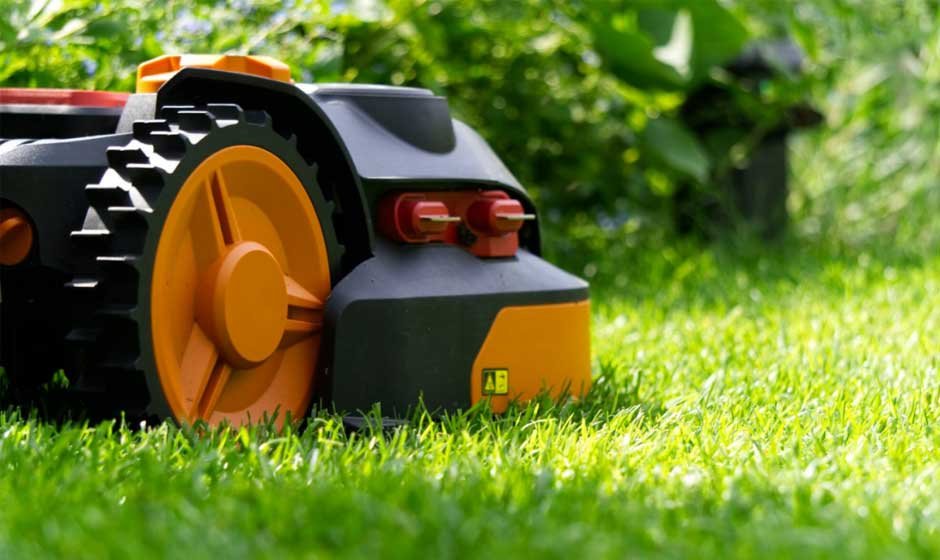Weed control maintains healthy landscapes, gardens, and farming operations. Allowing weeds to proliferate can lead to diminished crop yields, increased competition for nutrients, and an unattractive appearance in residential properties.
Many individuals make missteps in their approach to weed management that can derail their efforts. Recognizing and avoiding these key mistakes will establish a robust weed control strategy. Without any further ado, let’s delve into some common pitfalls and how to avoid them right below.
Not Seeking Professional Help
Many landowners believe they can handle weed control on their own, underestimating the complexity of weed management. Professional contractors or specialists like nazweedcontrol.com/best-weed-killer-for-arizona have access to advanced techniques and products you may not have. Experienced professionals bring knowledge of the latest practices and solutions to the table.
Choose the right products based on specific weed types and the landscape context. Professionals might provide valuable insights into integrated pest management strategies that maintain long-term control. Relying on expert advice can streamline and improve weed control efforts, saving you both time and resources.
Failing to Identify the Weeds
One of the most common mistakes in weed control is failing to accurately identify the weeds present in the area. Different types of weeds require distinct control measures, and misidentifying them can result in ineffective treatments. Some plants may look similar, yet their nature and reproductive habits may be different.
Educate yourself on the regional weed types to improve the efficiency of weed management strategies. Regular observation of the garden or landscape will help you understand emerging weed species and their growth patterns. To have better control, local extension services or agricultural agencies can give you some valuable insights. Be diligent in weed identification for a successful weed control plan.
Neglecting Timing
Many weeds thrive during specific seasons, and timing your intervention accordingly can deliver the best results. Applying herbicides too late in the season allows weeds to establish deep root systems, making them more difficult to eradicate. Early intervention before seed production guarantees that weeds do not propagate.
Align weed control actions with the growth stages of the target weeds. Knowledge of weather conditions can affect timing: applying herbicides right before rainfall might wash away the chemicals. Monitoring local weed emergence patterns is necessary for timing applications accurately. The right approach to timing empowers individuals to take control of their weed management efforts.
Over-Reliance on Chemicals
Chemical herbicides can control weed populations, but relying solely on them may cause significant problems. Overuse of chemical treatments can result in the development of herbicide-resistant weeds, complicating future control efforts. Chemical treatments can have adverse environmental impacts and affect soil health and non-target species.
Don’t forget to diversify control methods. Integrate mechanical, cultural, and biological practices with chemical treatments to create a more balanced strategy. Utilize mulch to suppress weed growth, coupled with targeted herbicide applications, for better effectiveness without the risks associated with chemicals alone. By prioritizing sustainable practices, weed control can move towards ecological responsibility.
Ignoring Soil Health
Soil health influences the effectiveness of weed control strategies. Poor soil conditions can lead to weakened plants, which are more susceptible to weed competition. Regular soil testing and amending soil nutrients can create a robust growing environment that supports desirable plants. Adequate organic matter can promote soil biodiversity and improve its structure and fertility. A thriving ecosystem can outcompete weeds for resources and reduce their prevalence.
Healthy soil supports effective drainage and plant health for weed management. Neglecting soil health undermines weed control efforts and minimizes the impact of any other management strategies employed. Regular evaluations and amendments will promote an environment where desired crops can flourish.
Ineffective Follow-Up Management
After implementing weed control measures, many neglect the importance of follow-up management. Weeds can be persistent, and failing to monitor treated areas will cause re-infestation. Regular assessments are necessary to gauge the effectiveness of applied treatments and to identify any new growths promptly. Institute a schedule for regular checks after initial control measures, keeping an eye out for any returning species.
Evaluate what worked and what didn’t to get better insights for future strategies. Adjustments to existing practices may be necessary to overcome challenges encountered during the first attempt. Effective follow-up management guarantees that the effort placed in initial treatments is retained, promoting a sustainable approach to weed control.

Weeding maintains healthy landscapes, but mistakes can disrupt your control strategy. Understanding the common pitfalls outlined above can streamline their weed management efforts. Each of these elements creates effective weed control, whether for home gardens or large farming operations.










